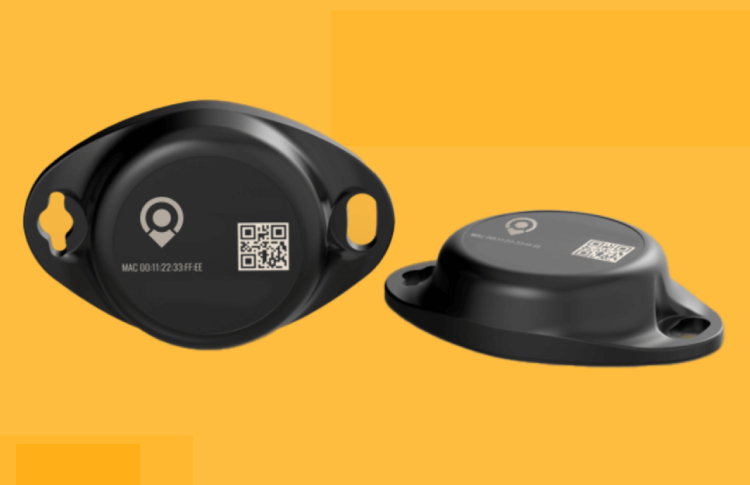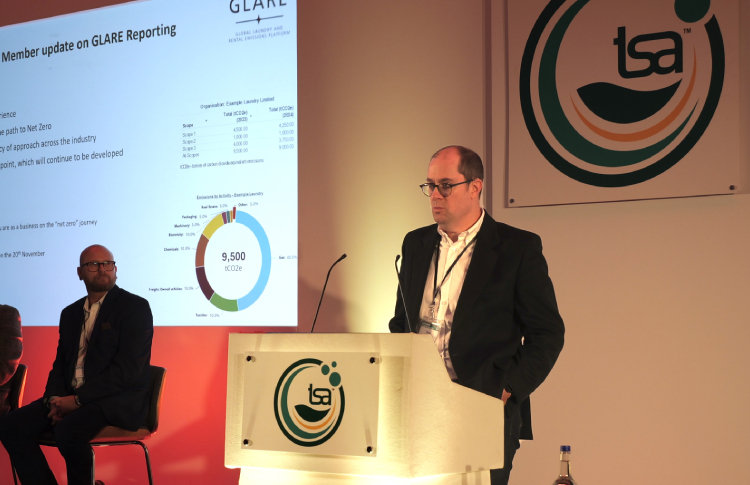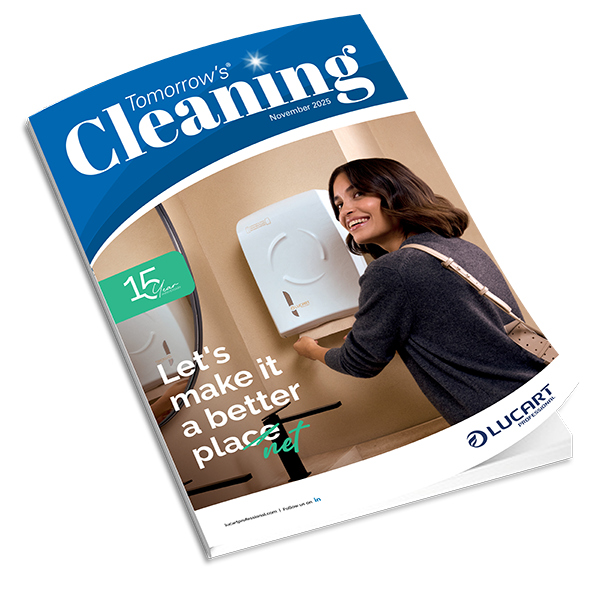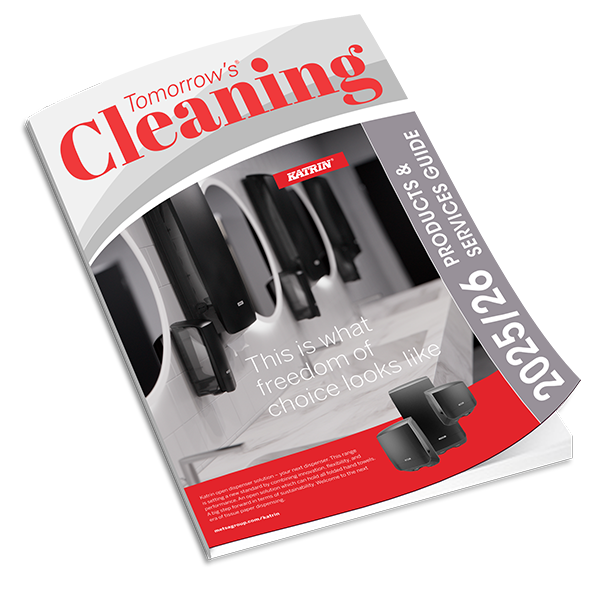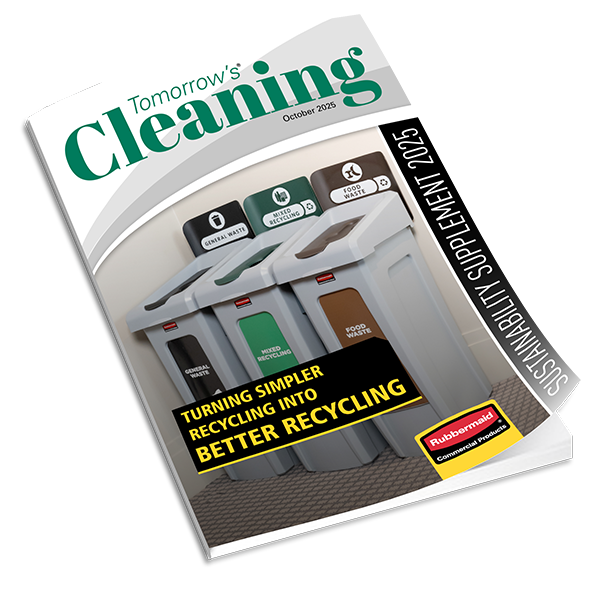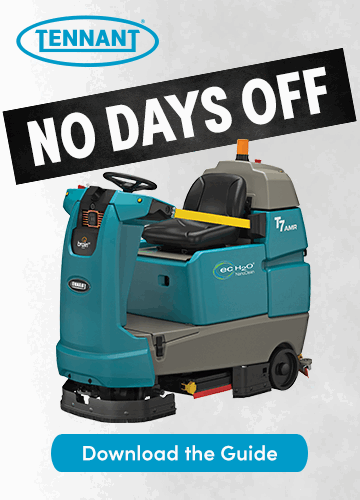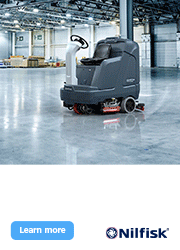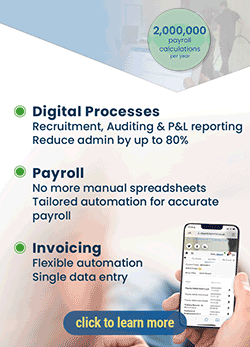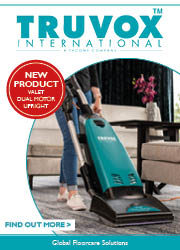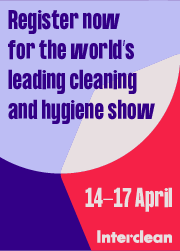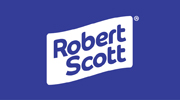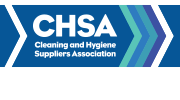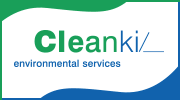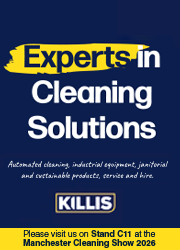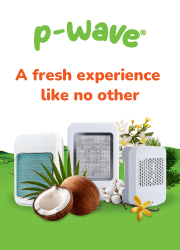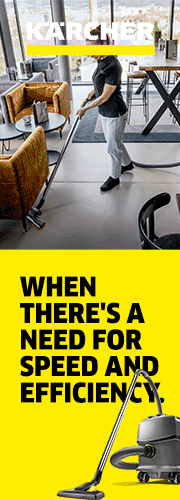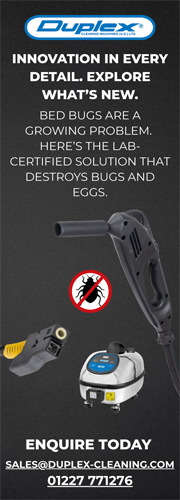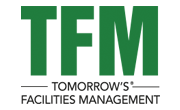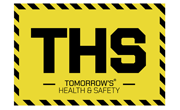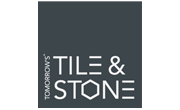Managing machines, equipment and tools is a massive challenge for cleaning companies – especially when it’s still done manually. Introducing a centralised Internet of Things (IoT) platform as the foundation for a modern, vendor-neutral fleet management system can help to streamline operations and improve transparency.
Challenges in the cleaning industry
The cleaning sector is facing multiple pressures: rising costs, growing customer expectations, increasing documentation requirements and a shortage of skilled labour. At the same time, the range of equipment types – from traditional machines and handheld tools to autonomous robots – is growing rapidly.
Digital technologies like IoT are becoming increasingly relevant to address these challenges. They offer the ability to monitor, control and optimise processes and devices – but only if they are implemented in a way that breaks down silos and enables data to flow across the organisation.
Fragmented systems and manual effort
Despite advances in other areas like Enterprise Resource Planning (ERP) or quality control, equipment and fleet management in many cleaning companies remains fragmented. Information is spread across Excel lists, paper checklists, individual OEM portals and sometimes even WhatsApp chats.
This fragmentation is particularly problematic in the context of robotics. While autonomous machines are gaining traction due to their potential to address labour shortages and cost pressures, they often come with separate apps and portals that don’t integrate with existing workflows. As a result, robots become yet another isolated system, instead of contributing to a more integrated operational setup.
A common real life example
A robotics technician at a well-known cleaning company in Germany and Austria shared that his daily routine starts with logging into seven different apps to check whether any cleaning robots failed overnight. If an issue is detected, a chain of manual coordination follows: calling the site manager, troubleshooting remotely, potentially traveling to the location, and contacting the manufacturer directly – often by email or phone. This process is time-consuming, error-prone and results in extended machine downtimes.
Core problem areas
Two central challenges make holistic digital fleet management difficult in practice:
- Too many systems, no central view
Cleaning companies often operate equipment from multiple OEMs. Each of them typically provides its own telematics solution, but these are rarely compatible or connected. Real-time monitoring, cross-vendor reporting or centralised decision making is often impossible. As robotic systems are added into the mix, the complexity further increases – along with the risk of duplicating work and missing critical alerts.
- No IoT coverage for small or older devices
While high-value machines or robotics units increasingly have built-in connectivity, this is not the case for smaller assets such as vacuum cleaners, single-disc machines or aging equipment. Without basic runtime or location tracking, these devices remain blind spots in fleet planning and usage optimisation.
One central platform for everything
A way forward lies in creating a single platform that consolidates machine, tool and robotic data – regardless of manufacturer, type or age. This not only reduces complexity for site managers and technicians, but also allows for more consistent processes across the organisation.
Older machines can be retrofitted with simple IoT modules that record key parameters like location, runtime, or charging cycles. These modules are often easy enough to install without technical training. For smaller assets, Bluetooth tags – available for under £20 – enable location tracking and automated check-in/check-out processes. When used together with existing IoT gateways or fleet devices, they create a mesh network capable of passive tracking with no manual input.
Bringing robotics into the hub
The robotics sector is particularly dynamic. Companies like Gausium, LionsBot, Nexaro, CenoBots and Softbank Robotics are offering increasingly sophisticated solutions for autonomous floor cleaning and disinfection. However, many of these systems are not integrated with broader equipment management platforms, leading to operational blind spots and inefficiencies.
This is where open standards and APIs become critical. Platforms that support REST, GraphQL, MQTT or similar technologies can ingest telemetry from robotic systems, including runtime data, error messages and maintenance needs. Once integrated, robots can be managed side-by-side with traditional machines – allowing service teams to track uptime, assign maintenance tickets and evaluate ROI from a single dashboard.
Importance of Open Interfaces
A key requirement for long-term success is ensuring openness and interoperability. When investing in new equipment, cleaning companies should consider whether the OEM provides access to data interfaces. Without this, robots or machines risk becoming isolated digital islands – connected, but not collaborative. In such cases, integration via third-party providers or shared platforms should be evaluated to prevent vendor lock-in and support flexible, future-proof setups.
Practical examples from the field
This is not theoretical – several cleaning companies have already implemented such approaches with measurable results:
- Mid-sized service provider in Germany
A facility services firm managing over 150 scrubber dryers from three different manufacturers faced low utilisation rates. After consolidating data into a single IoT platform, idle machines were identified and redistributed across sites, leading to a 15% reduction in equipment-related costs.
- Hospital with in-house cleaning team
A hospital using over 300 devices – many without any IoT – was unaware of downtime patterns or lifecycle costs. By retrofitting key assets and implementing standardised damage reporting via QR codes, downtime per machine was reduced from over 60 days to under 10 days within five months. Basic training on battery care alone led to a measurable extension of battery lifespan and reduced replacement cycles.
Conclusion
The cleaning industry is evolving – and so must its tools. A centralised IoT platform that integrates machines, tools and especially robotic systems can become the backbone of digital transformation in facility services. When properly implemented, such platforms reduce administrative overhead, prevent downtime and enable better resource planning.
Robotics will continue to play an increasingly important role. However, to deliver their full value, they must be embedded in a broader system landscape – one that emphasises interoperability, transparency and efficiency across the entire fleet.
